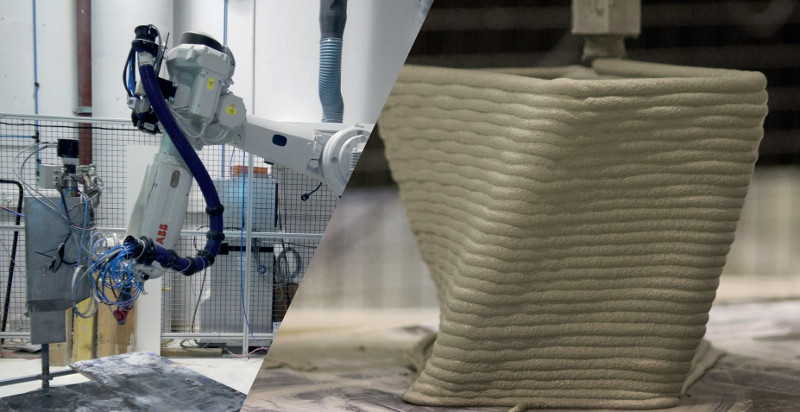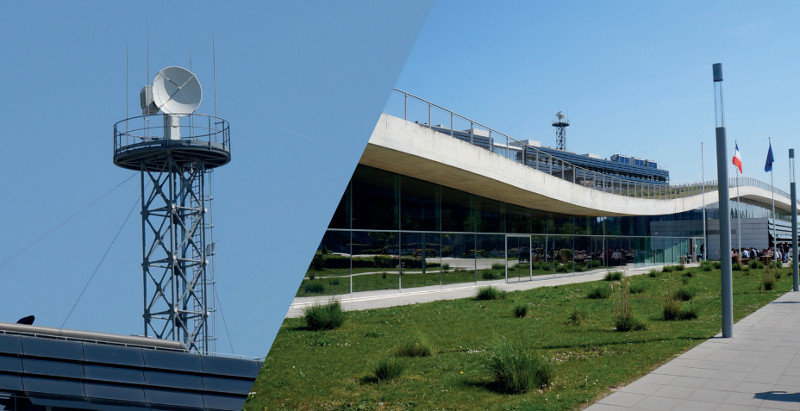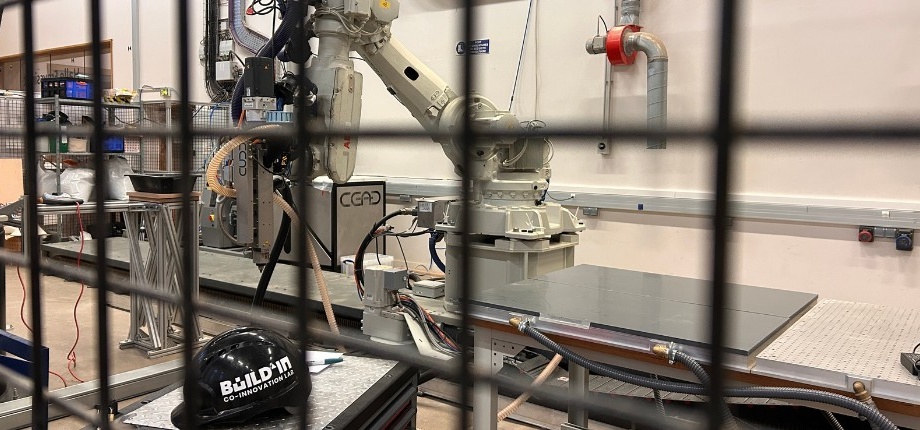Co-innovation Lab
Faced with demographic growth, climate change and the digital revolution, how can we build cities that are sustainable, resilient and pleasant to live in for all? This is one of the major challenges facing the academic world, businesses, local authorities and society as a whole in the 21st century.
In order to be at the forefront of innovative research, to provide training for tomorrow's city professions and to increase its capacity for transferring knowledge to companies, the École nationale des ponts et chaussées is investing in the development of a new co-creation space: the Co-Innovation Lab.
A simultaneous response to 3 needs
- Accelerate innovation through research, thanks to cutting-edge facilities for cross-fertilization and consolidation of knowledge, data analysis, experimentation and large-scale prototyping.
- Enhance the competitiveness of companies through partnership research projects that enable them to co-innovate with Ponts researchers, laboratories and scientific facilities.
- Open up training programs of excellence to new professions by making innovation spaces available to teachers and students, and by enriching courses with the experiments carried out there.
The Build'In Platform
Spearheaded by the Navier Laboratory, whose 50 researchers and 120 PhD students and engineers are dedicated to the societal challenge of sustainable construction, the Build'In platform's main areas of innovation are:
- The construction site of the future, with issues such as taking into account the specific conditions of the construction site in order to propose automatic construction processes (such as pick and place) and robotized systems that are relevant and completely innovative for the sector.
- Optimizing materials and structures, for example by experimenting with “2.0” concretes to rethink construction methods in the digital age and in the face of ecological imperatives, and building differently in a ‘personalized’ and “dismountable” way to meet the challenges of recycling and waste recovery...
- 3D printing construction to develop new cement-based additive manufacturing technologies for architecture and building.

The platform is equipped with its first set of state-of-the-art facilities:
- A robotics hall for digital construction and cobotics, with 2 large 6-axis robots with a 2.5m range, one of which is mobile on a 10m rail;
- A large-scale additive manufacturing cell;
- New-generation concrete and composites development rooms.
The Fresnel Platform
Supported by the HM&Co laboratory, the Fresnel platform aims to help analyze the interactions between cities and their geophysical environment, and optimize stormwater management. To this end, it boasts a state-of-the-art instrument: the École Nationale des Ponts et Chaussées' dual-polarization X-band radar. Installed on the roof of the Bienvenüe building on campus, this latest-generation radar enables remote sensing precipitation estimates with a resolution 10 times greater than that of conventional weather radars. It is therefore one of the most effective devices for forecasting precipitation, then modeling its runoff in the city, and ultimately enabling better water management, protecting populations and infrastructures, and reducing pollution.

The data observed and analyzed thanks to this radar is an asset for the laboratory in its responses to regional, national and European calls for tender. For example, the models supplied to Veolia have enabled us to better protect the Bièvre valley, at a time when the Saclay Plateau, which overlooks it, is undergoing intense urbanization, favoring the appearance of “flash floods” in conjunction with the valley's steep relief.
The Mu Platform
The Mu platform, which specializes in flow simulation on road and public transport networks, was created to interact with mobility players and jointly solve traffic, service and urban planning issues. Researchers at the School have been called upon by :
- Companies and network managers such as RATP, Île-de-France Mobilités and SNCF, who have called on Ponts researchers to optimize flows on public transport networks.
- Service startups and vehicle manufacturers to co-innovate in fast-growing areas such as carpooling, car-sharing and on-demand shuttles.
- Local authorities eager to build the smart cities and smart mobility of tomorrow.
Thanks to their simulation work, teams from the Laboratoire Ville, Mobilité, Transport (LVMT), for example, have helped to relieve congestion and improve traffic flow on the RER A, France's biggest transport line with one million passengers a day - equivalent, for example, to the entire public transport network of Greater Lyon.

